- Understanding Airline Pet Policies
- Health and Safety First: Veterinary Preparations
- Choosing the Right Carrier for Your Pet
- Preparing for Takeoff: Food, Water, and Comfort
- Flying Internationally with Pets
- Security Screening with Pets
- Cargo Hold Concerns: Is It Safe?
- Arriving at Your Destination
- Top Tips for a Successful Pet Flight
- Conclusion
For many pet owners, the idea of leaving their beloved furry friends behind when traveling is heart-wrenching. But fortunately, flying with pets has become more common, and with proper preparation, it can be a safe and comfortable experience for both you and your pet. Whether you’re moving cross-country or embarking on an extended vacation, traveling with pets requires careful planning and a little extra patience. In this guide, we’ll walk you through the best strategies for ensuring that your pet’s journey is smooth from takeoff to landing.
Understanding Airline Pet Policies
Before you even start packing, it’s crucial to familiarize yourself with your airline’s pet policies. Every airline has specific rules about which types of pets they allow, how they should be transported, and what fees are associated with pet travel. Most airlines allow small cats and dogs to travel in the cabin, provided they stay in an approved carrier under the seat in front of you. Larger pets may have to travel in the cargo hold.
Keep in mind that airlines often limit the number of pets allowed on each flight, so booking your pet’s ticket early is essential. Some airlines also have specific pet breeds they do not allow, particularly brachycephalic (snub-nosed) breeds like pugs and bulldogs, due to their increased risk of respiratory issues during flight.
Health and Safety First: Veterinary Preparations
Just like humans, pets need to be in good health before they fly. Most airlines require a health certificate from your veterinarian, confirming that your pet is fit to travel. This certificate is usually issued within 10 days of your flight, so be sure to schedule a vet appointment well in advance.
During this visit, it’s also a good idea to ask your vet about any additional precautions or medications that might make your pet’s journey more comfortable. For example, if your pet is prone to anxiety, your vet may suggest mild sedatives. However, some experts advise against sedation, as it can interfere with your pet’s ability to regulate body temperature and balance during the flight. Always consult your vet about what’s best for your pet.
Ensure your pet is up-to-date on all vaccinations, as some destinations (especially international ones) may require specific vaccinations or a quarantine period upon arrival.

Choosing the Right Carrier for Your Pet
Your pet’s travel experience largely depends on the carrier you choose. For in-cabin pets, the carrier must meet the airline’s size requirements and fit under the seat in front of you. The carrier should be well-ventilated, with plenty of room for your pet to stand, turn around, and lie down comfortably.
Soft-sided carriers are often more flexible and easier to fit under the seat, while hard-sided carriers may provide extra protection for pets traveling in the cargo hold. If your pet will be flying in cargo, the carrier should be sturdy, with secure latches and proper ventilation.
It’s also important to familiarize your pet with the carrier well before the trip. Allow your pet to spend time in the carrier at home to help them feel more comfortable when it’s time to travel. You can make the carrier more inviting by placing a favorite blanket or toy inside.
Preparing for Takeoff: Food, Water, and Comfort
On the day of travel, aim to feed your pet four to six hours before the flight to prevent any upset stomachs. You can offer small amounts of water right up until boarding, but avoid giving too much food or water immediately before or during the flight to minimize the need for bathroom breaks.
Many airports now offer pet relief areas, so take advantage of these before heading through security. It’s also a good idea to take your dog for a long walk or engage them in playtime to help them burn off some energy before the flight.
If your pet is prone to anxiety, packing familiar items like a favorite blanket or toy can help them feel more secure. You may also consider using a calming spray or pheromone collar designed to reduce stress in pets.
Flying Internationally with Pets
Traveling internationally with pets can be more complicated, as it often involves additional paperwork, vaccinations, and, in some cases, quarantine requirements. Different countries have different regulations for pet entry, so it’s essential to research the specific rules for your destination well in advance.
Some countries require an import permit, while others may have strict regulations about the types of pets allowed or specific breed restrictions. In many cases, your pet will need a microchip and proof of rabies vaccination to enter the country.
For long international flights, consider breaking up the journey with a layover to give your pet a chance to stretch, eat, and relieve themselves. Be sure to book your layover at an airport with pet-friendly facilities.
Security Screening with Pets
Going through airport security with a pet requires a bit of extra planning. TSA requires that pets be removed from their carriers and carried through the screening process while the carrier itself goes through the X-ray machine. This means that you should be prepared to handle your pet while juggling your carry-on items. To prevent your pet from making a break for it in the busy security area, it’s a good idea to have them on a leash or harness, even if they’ll be traveling in a carrier.
If your pet is too large to travel in the cabin, ensure that their carrier is labeled with all necessary identification, including your pet’s name, your name, and your contact information. Additionally, it’s wise to tape a copy of your pet’s health certificate to the top of the carrier, along with any other required paperwork.

Cargo Hold Concerns: Is It Safe?
Many pet owners are understandably concerned about the safety of flying pets in the cargo hold. While thousands of pets travel safely in cargo each year, it’s important to weigh the risks carefully, particularly if you have an older pet, a brachycephalic breed, or a pet with health issues.
Airlines that transport pets in cargo are required to follow strict guidelines for temperature control, ventilation, and pressure regulation. However, during extreme temperatures (hot or cold), many airlines restrict pets from flying in the cargo hold.
If you’re considering flying with a pet in the cargo hold, here are a few tips to ensure their safety:
- Fly direct: Avoid connecting flights whenever possible to minimize your pet’s time in the cargo hold.
- Choose pet-friendly airlines: Some airlines have specific pet programs that prioritize pet safety and comfort, such as temperature-controlled transport vehicles and special handling procedures.
- Label everything: Make sure your pet’s carrier is clearly labeled, and consider attaching a travel tag with additional contact information.
- Monitor weather conditions: If you’re flying during the summer or winter months, pay close attention to the forecast, as extreme temperatures could pose a risk to your pet.
Arriving at Your Destination
Once you land, your first priority should be getting your pet settled and comfortable. If your pet traveled in the cabin, offer them water and a chance to relieve themselves as soon as you can. Many airports now offer designated pet relief areas for this purpose.
For pets that traveled in the cargo hold, you’ll need to pick them up at a designated location (typically a special baggage claim or cargo area). Check them for any signs of stress or discomfort and provide water and a bathroom break as soon as possible.
If you’re traveling internationally, be prepared for additional screening or paperwork requirements upon arrival. In some cases, your pet may need to undergo a brief quarantine or further inspection before being cleared to enter the country.
Top Tips for a Successful Pet Flight
- Book early: Since many airlines have limited spaces for pets, book your pet’s spot as soon as possible.
- Choose direct flights: Reducing layovers will make the trip easier for both you and your pet.
- Familiarize your pet with the carrier: Let your pet spend time in the carrier before the trip to help them feel more comfortable.
- Pre-flight potty breaks: Take advantage of pet relief areas at the airport before boarding.
- Pack essentials: Bring along your pet’s favorite blanket, toy, and any necessary medications.
- Stay calm: Pets can pick up on your anxiety, so remain calm and relaxed to help them feel at ease.
Conclusion
Flying with your pet may seem daunting at first, but with the right preparation and a calm mindset, it can be a stress-free experience for both you and your furry friend. Whether you’re traveling domestically or internationally, planning ahead and following these tips will ensure your pet’s safety and comfort throughout the journey.
As more pet owners choose to take their pets along on adventures, airlines and airports are becoming increasingly pet-friendly, making it easier than ever to include your beloved animal in your travel plans. Have you flown with your pet before? Share your experience with us in the comments below, and don’t forget to follow us on social media for more travel tips and stories.
Catch up on the top stories and travel deals by subscribing to our newsletter!



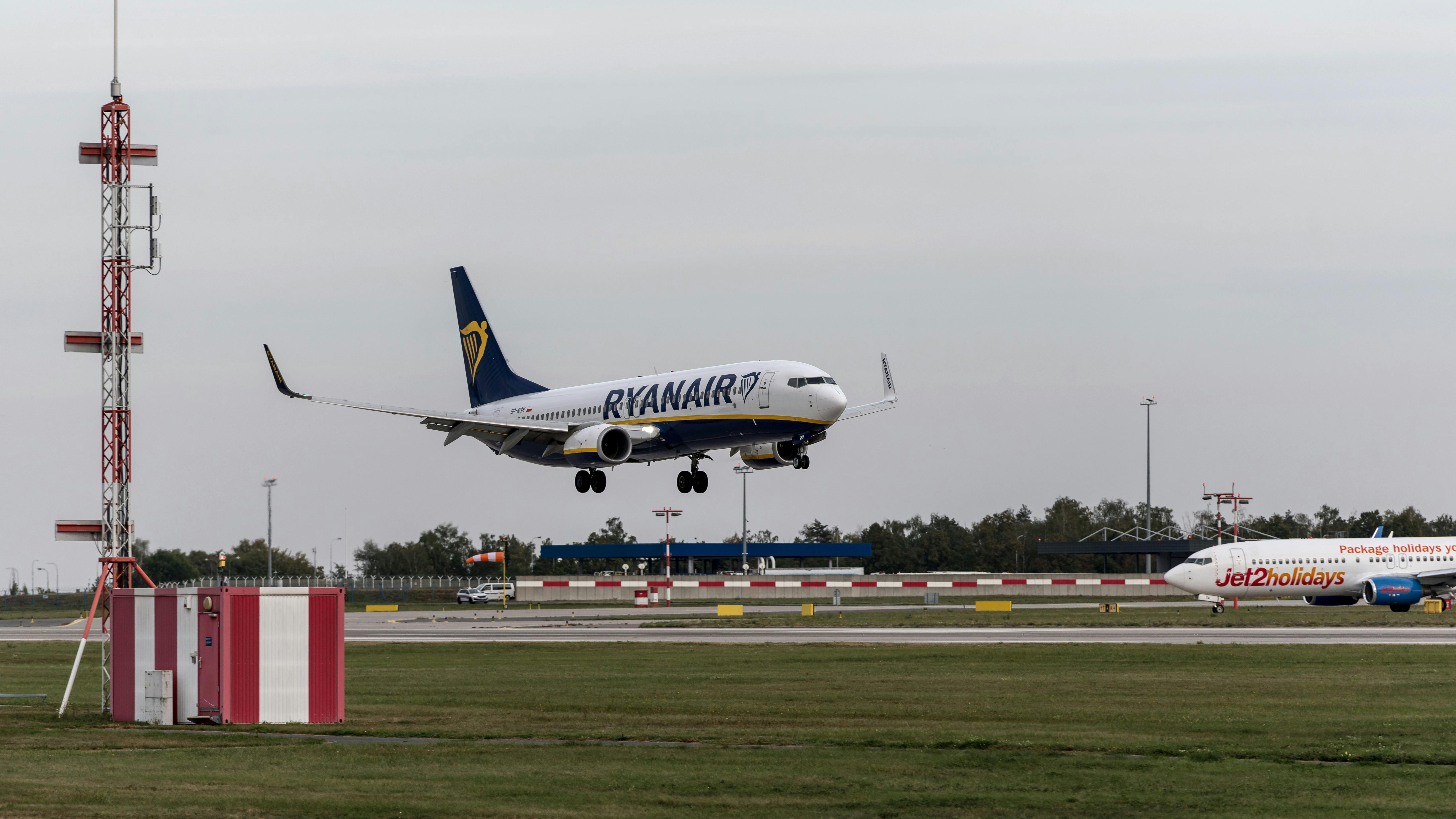
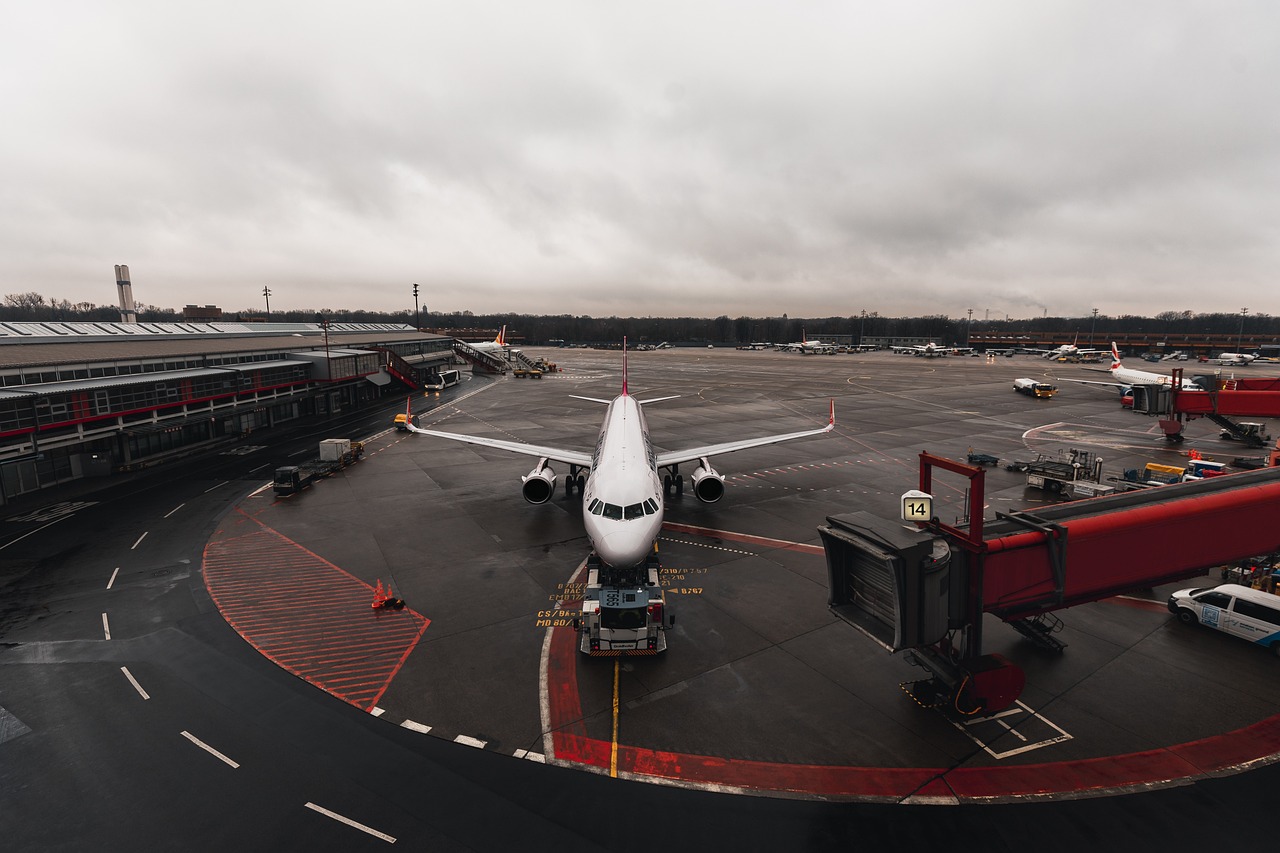
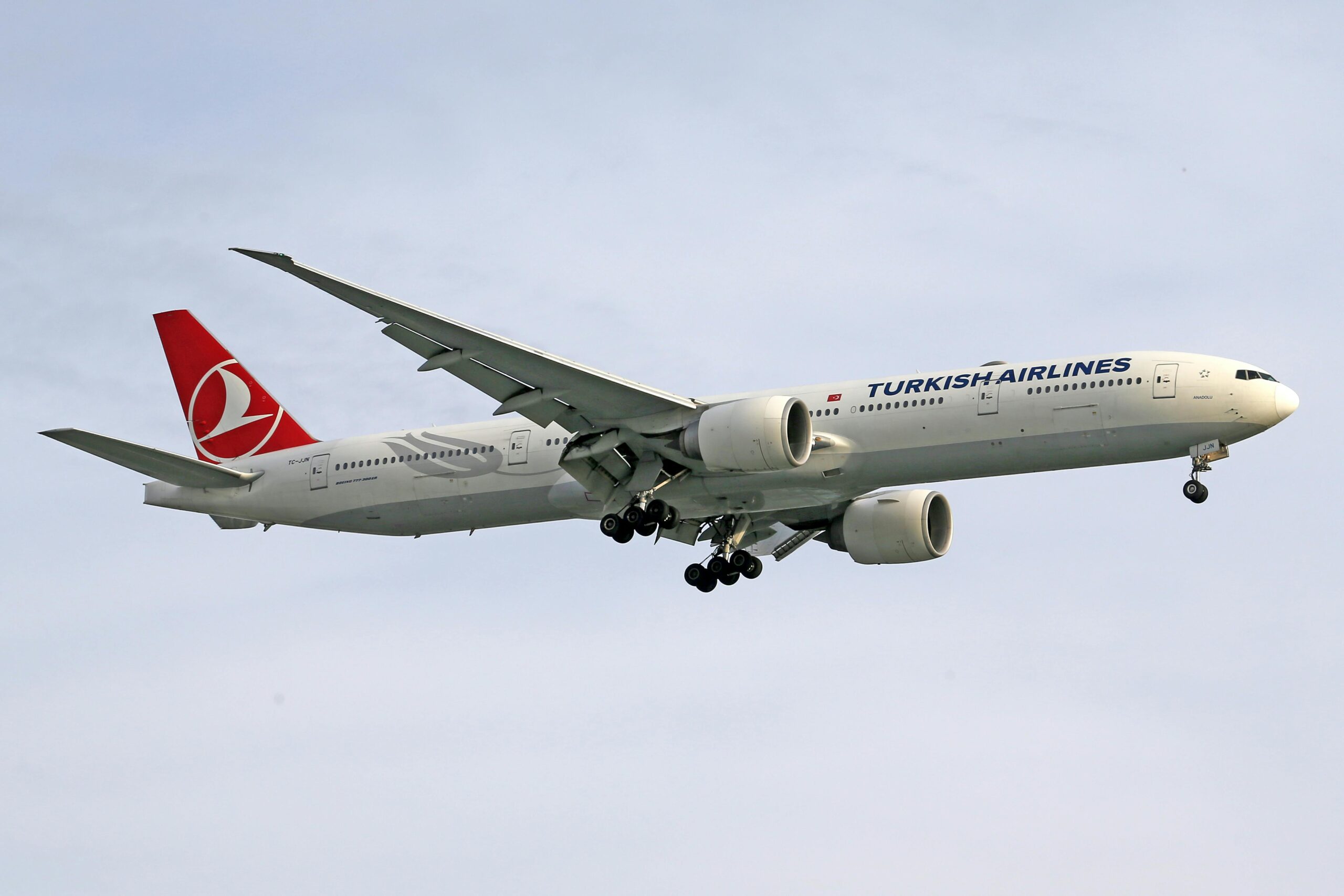
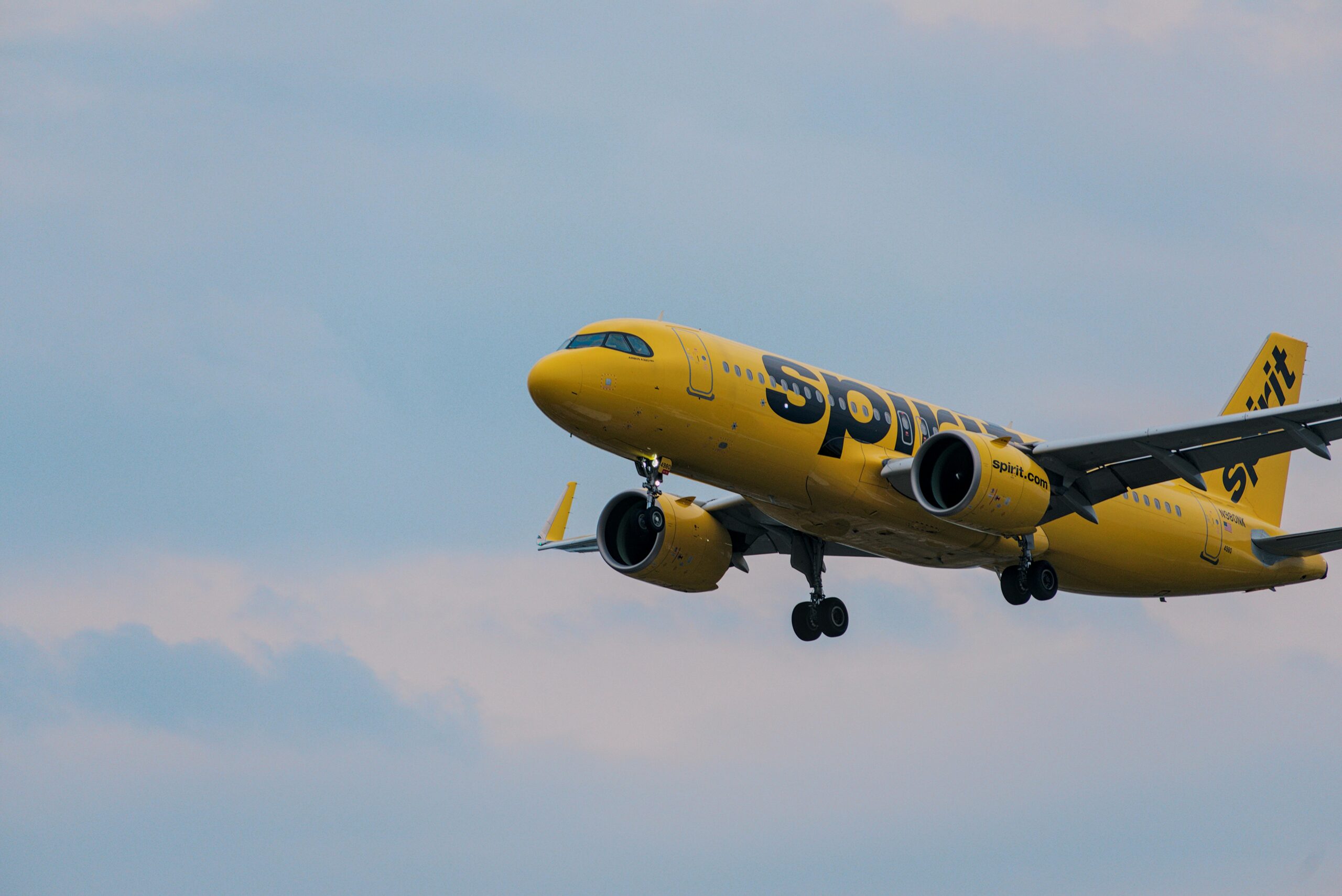
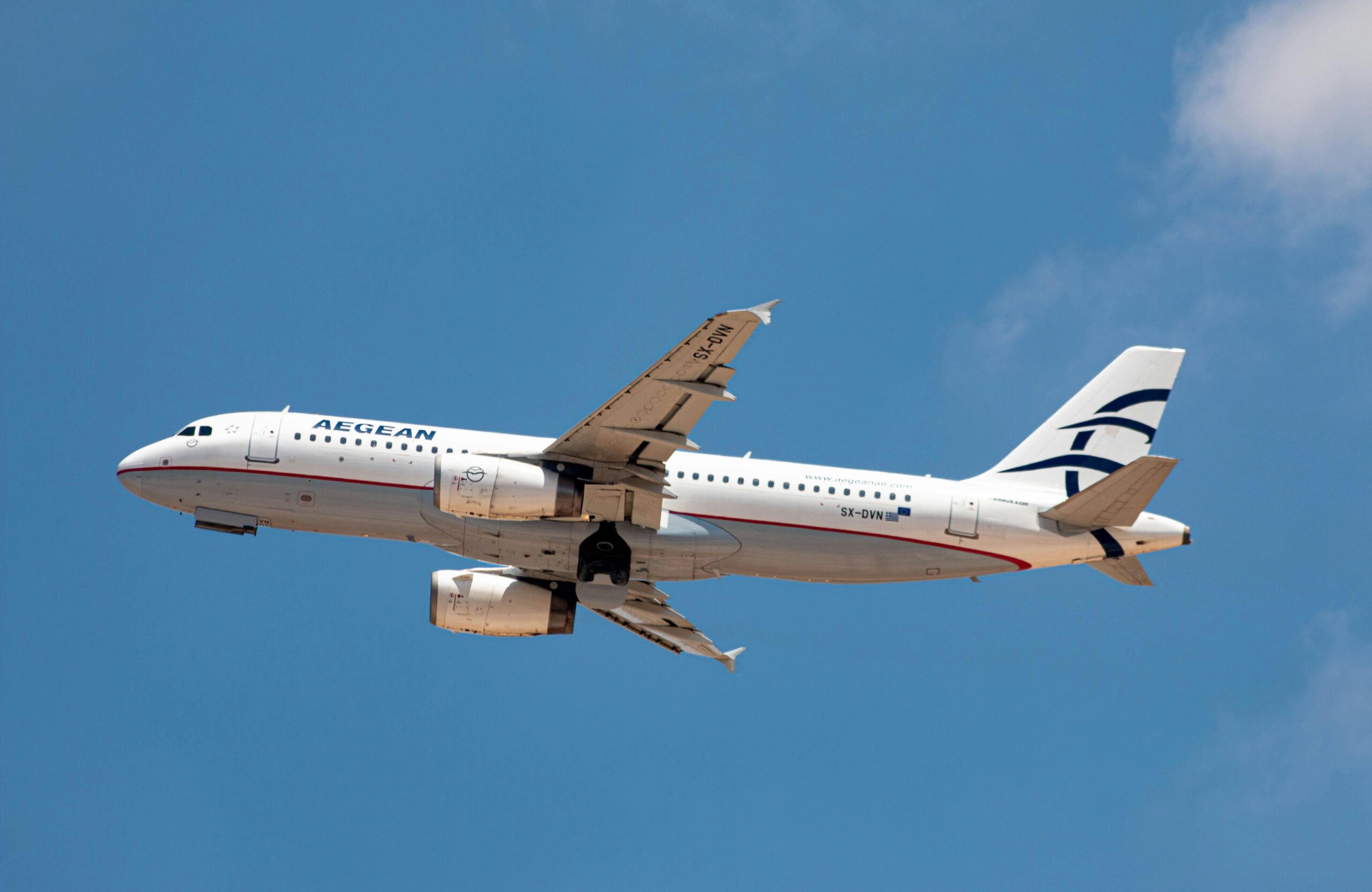

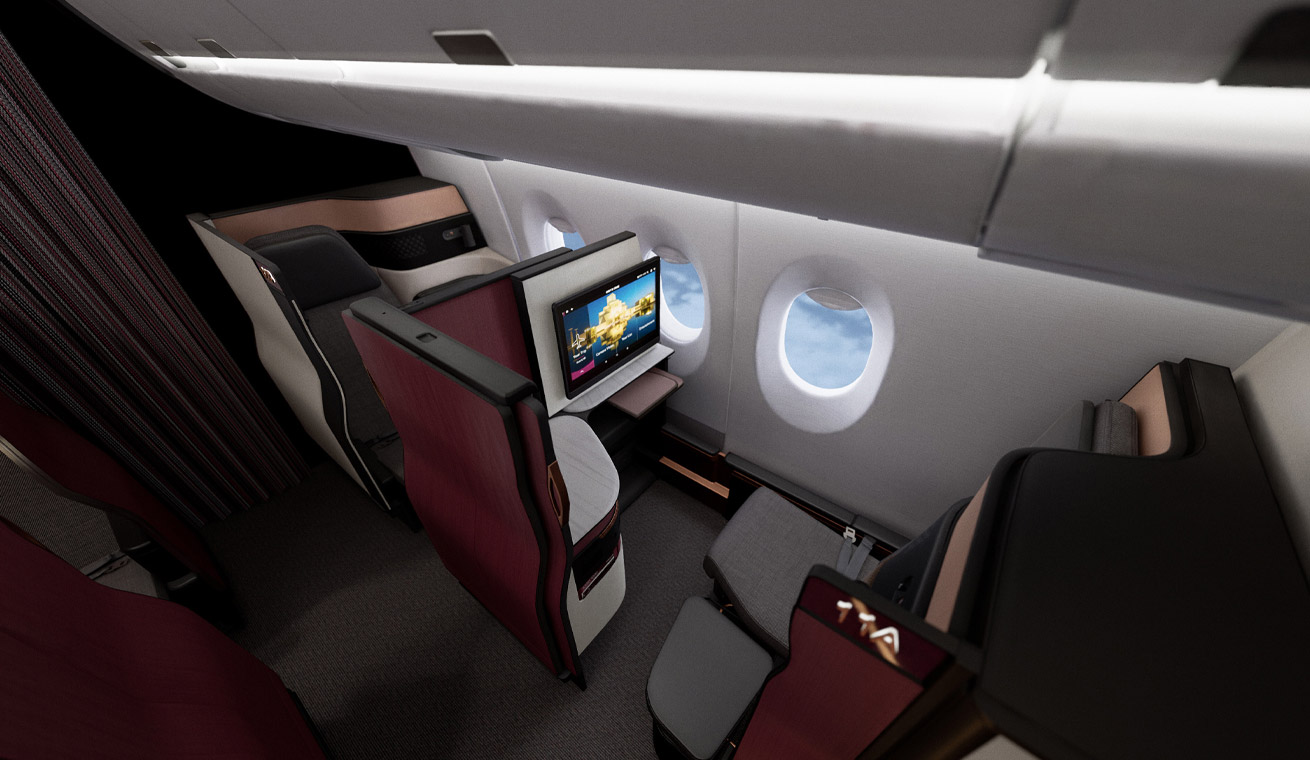


Leave a Reply